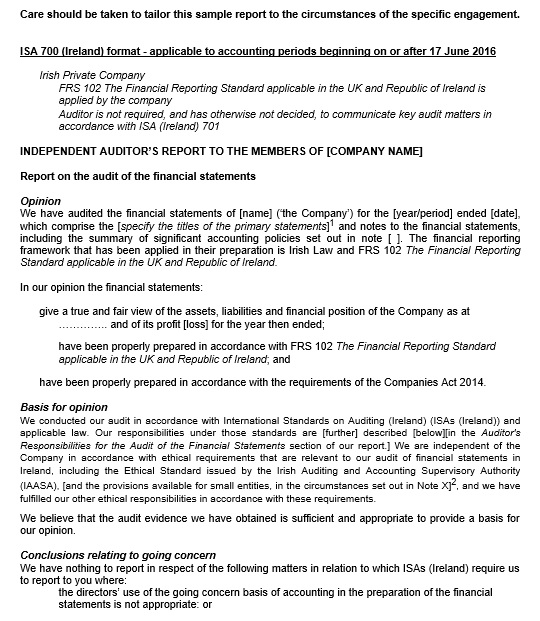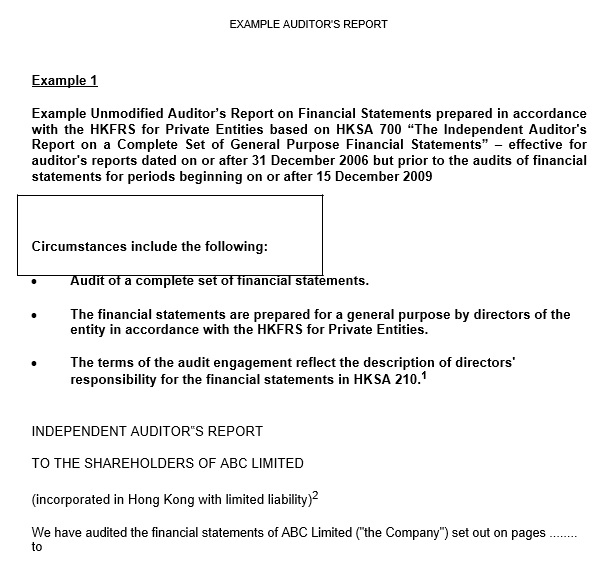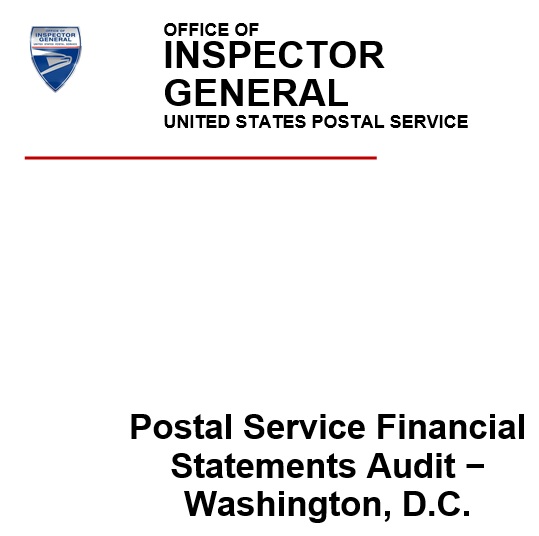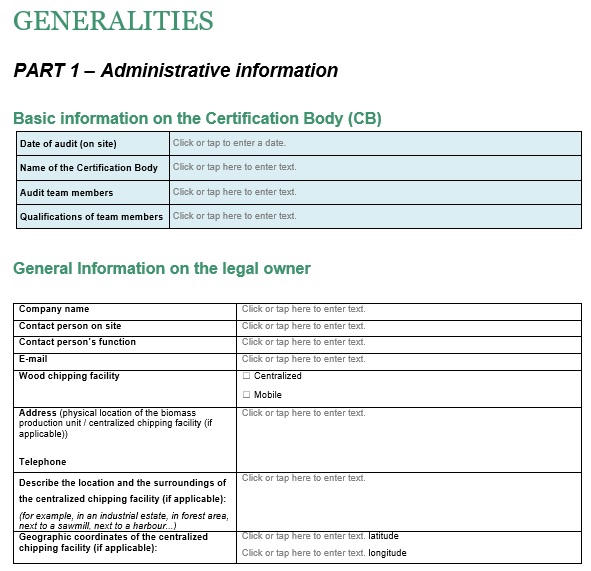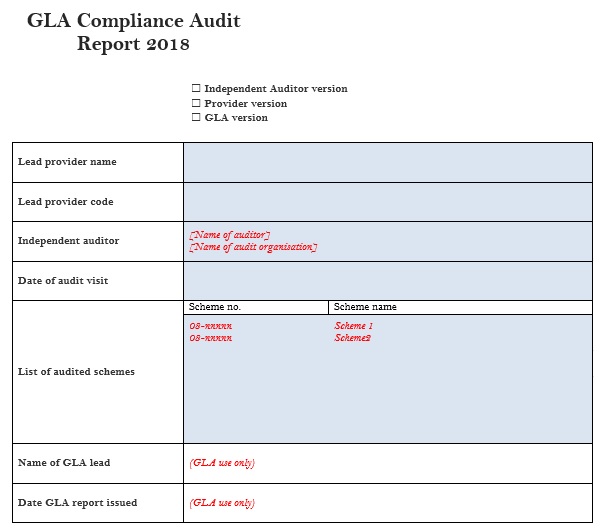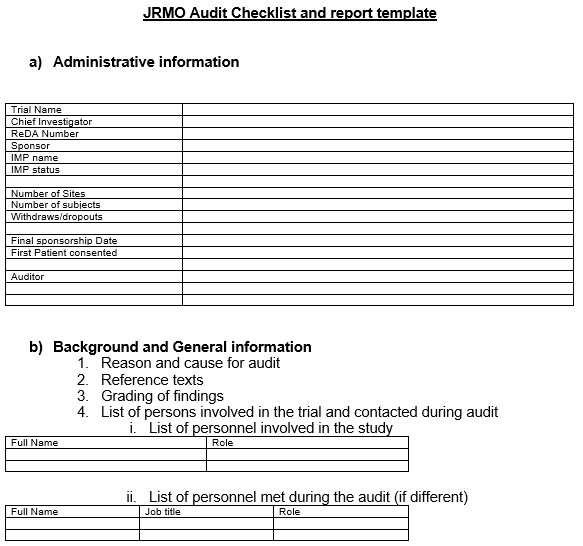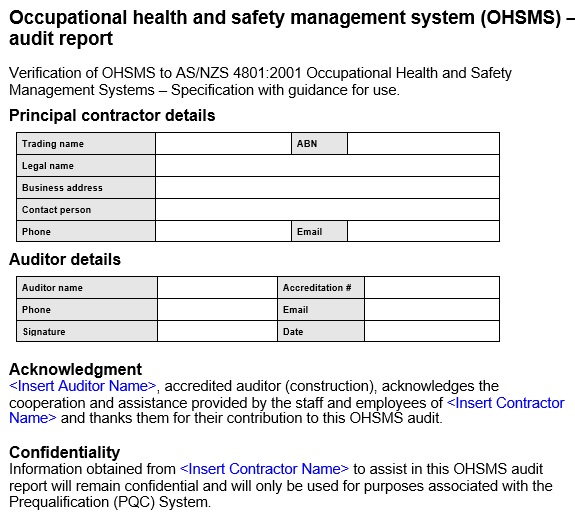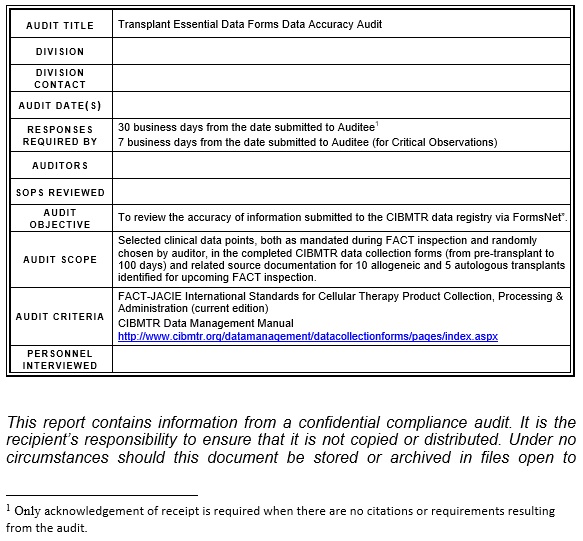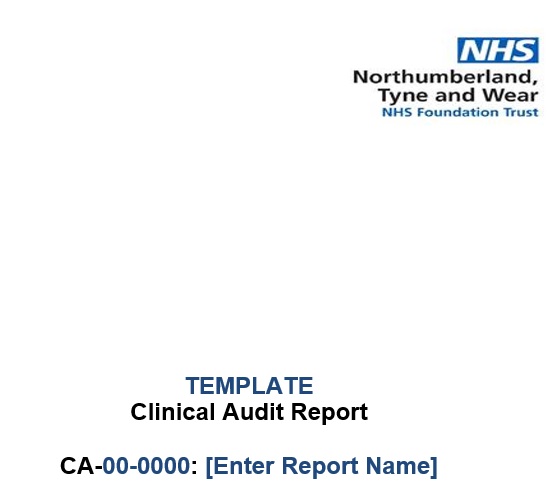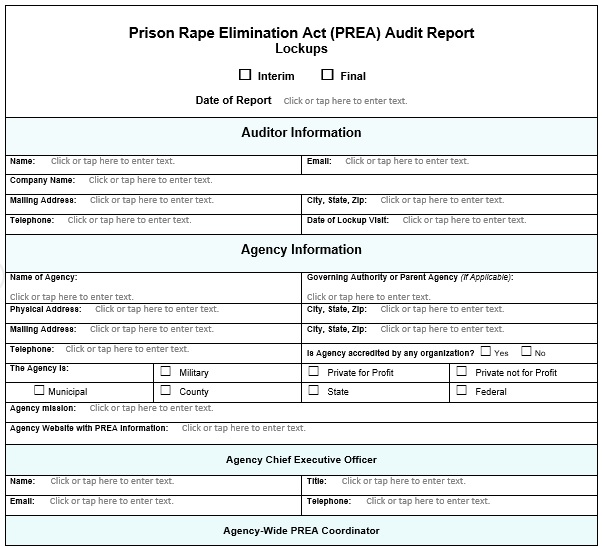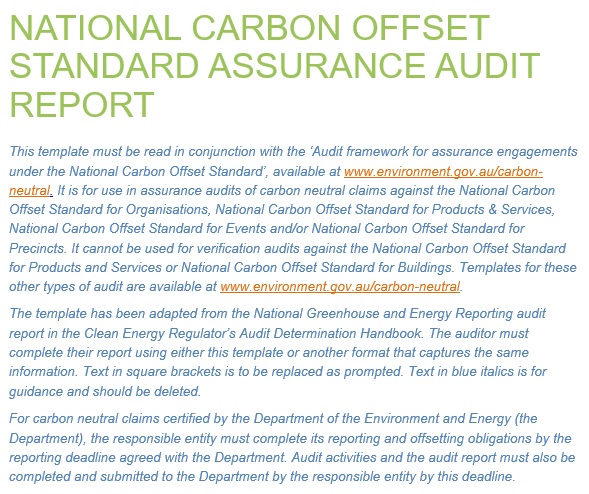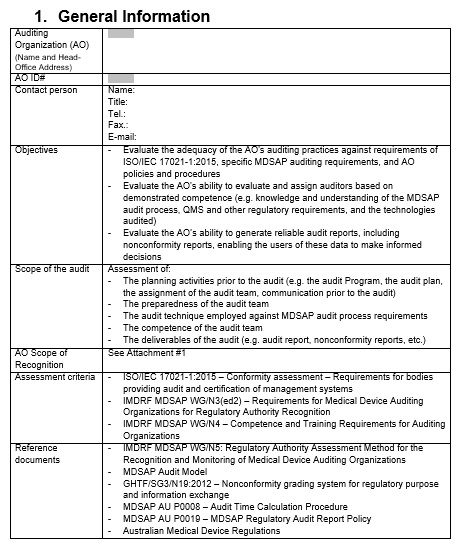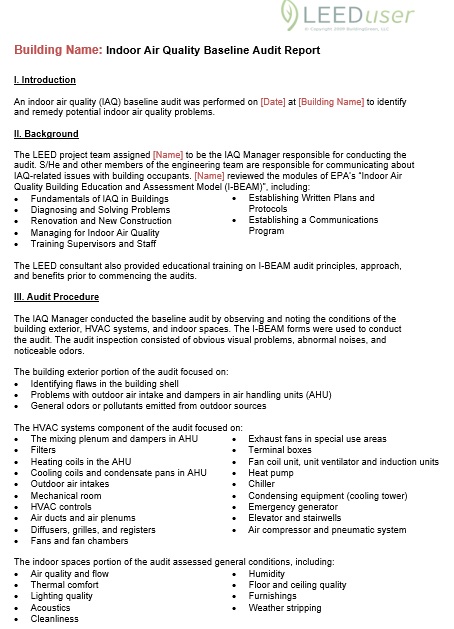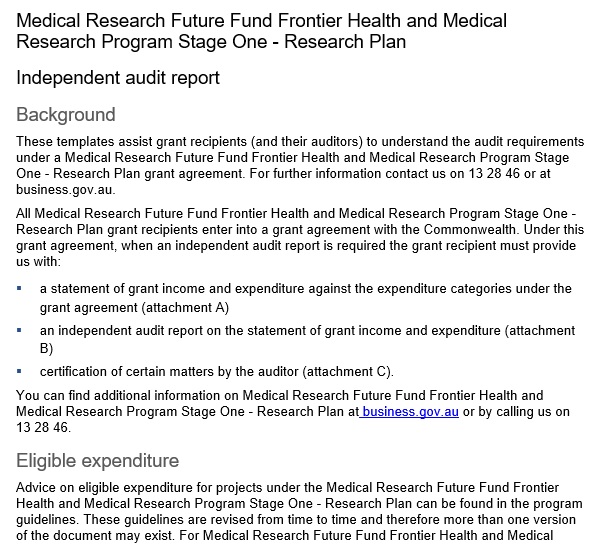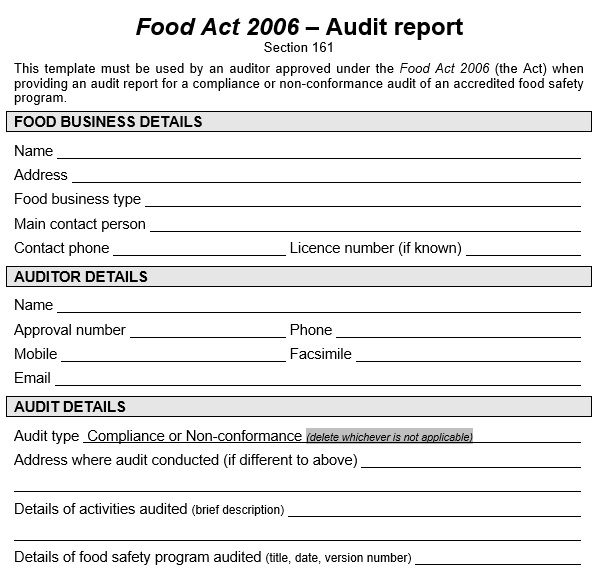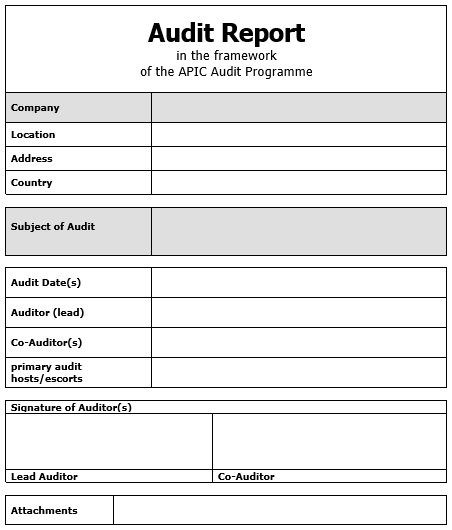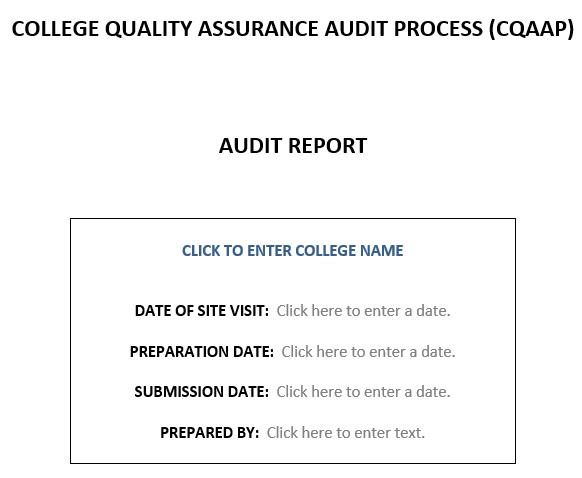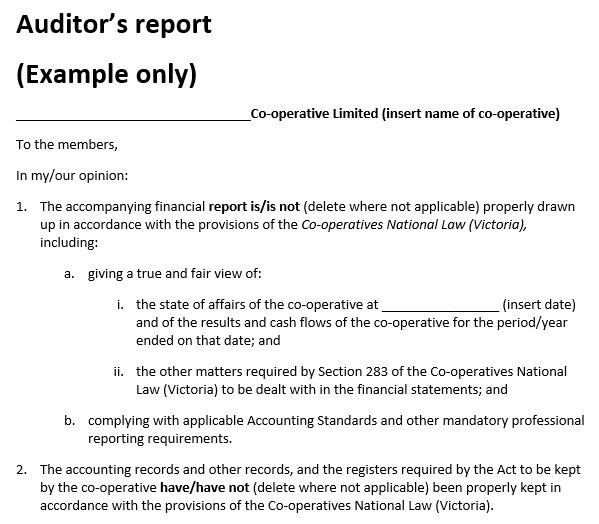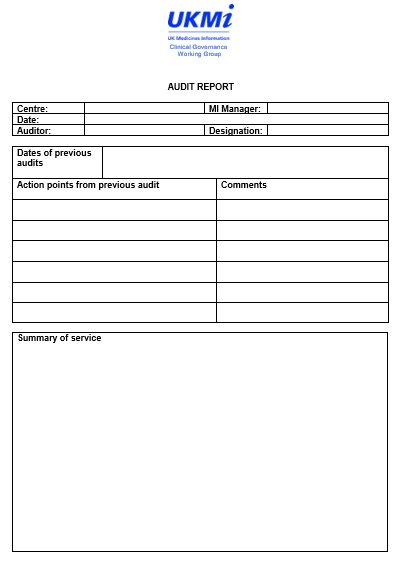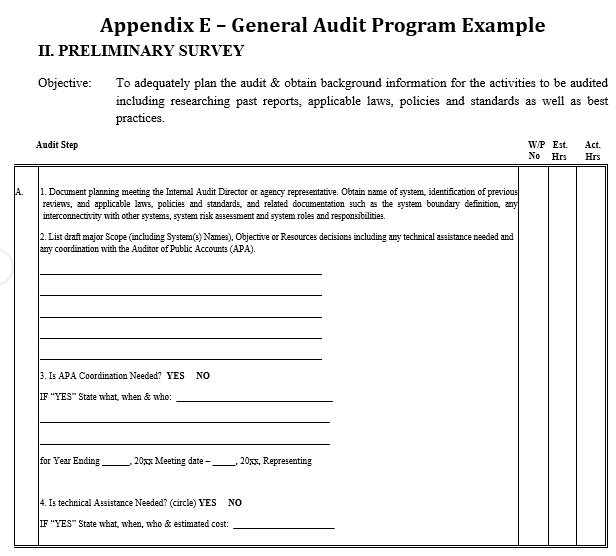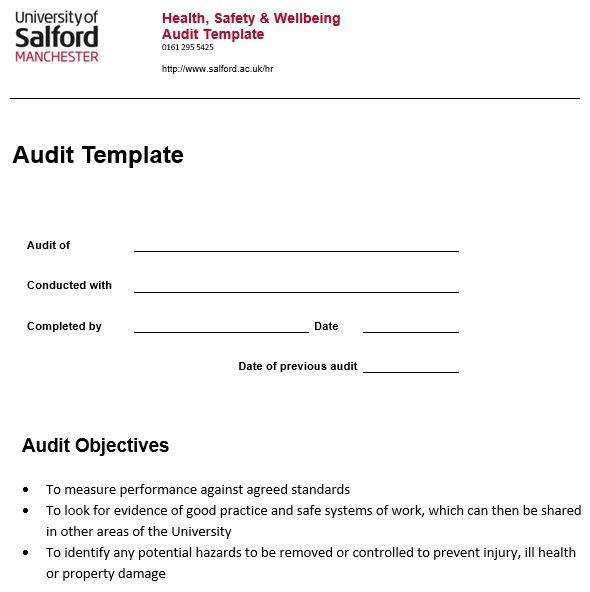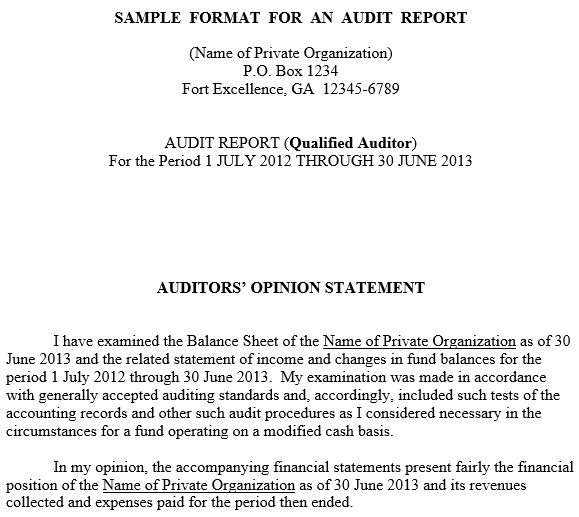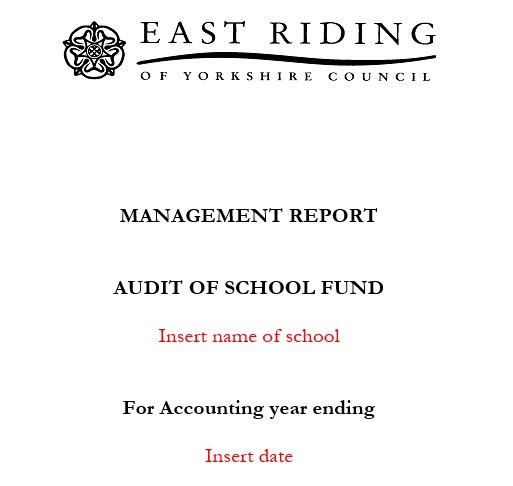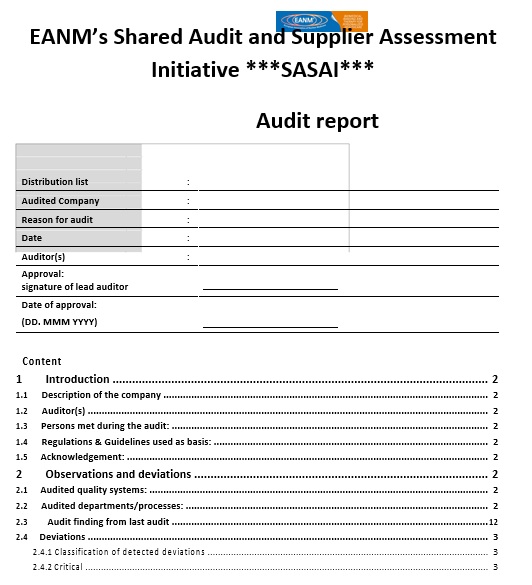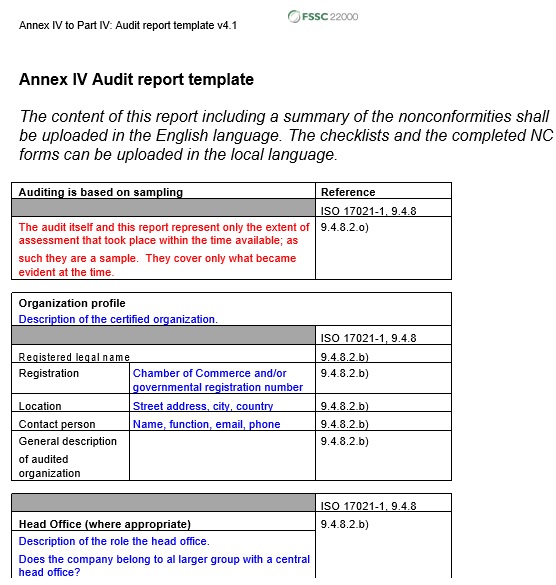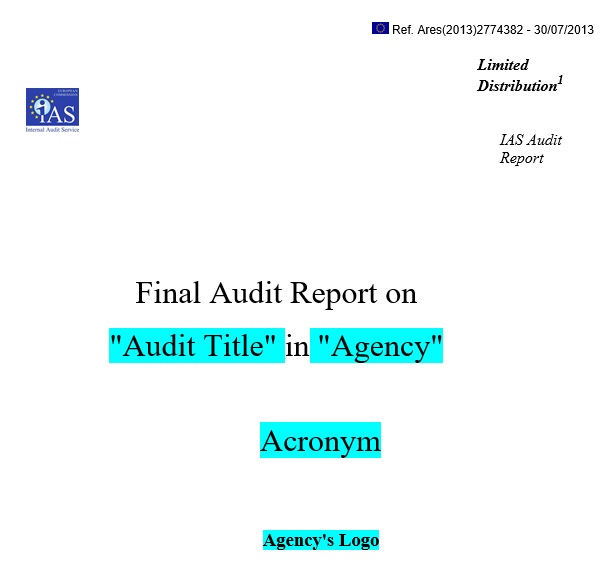An audit report template is a tool use to create an audit report that includes the opinion of an auditor about the financial statements of any organization. An audit report follows a standard format that is mandated by Generally Accepted Auditing Standards (GAAS). However, you can also make changes in this format on the basis of circumstances of the work you engage in.
Table of Contents
Why do you require an audit report?
An audit report usually consists of three paragraphs that includes;
- The obligations of the organization’s management and the auditor.
- The scope of the audit report.
- The point of view of the auditor about the financial statements of the organization.
As audits provide the change for another person so they are important. They give opportunity to a certified professional accountant to look over the accounts of the business. The lenders and investors of businesses may need a yearly audit. This is one of their requirements of placing money into that business. You should also have a current audit report template on-hand in case you require it. CPA auditors may perform following services for you; You may also check Flow Chart Templates.
Checking up:
CPA auditors are the individuals who provide your company its annual “physical exam.” The issues that your company may not have known, this audit exam don’t cover them. So, company should keep audits on its toes.
Reporting:
The CPA makes an audit report sample after the completion of the audit examination. This contains a statement on either the company created its financial report correctly or not. The requirements for audit depend on the following;
- Public: In the US public markets, this involves businesses who have debt securities and ownership traded. Businesses should have yearly audits done by an independent CPA auditor or CPA firm.
- Private: private businesses are those that aren’t traded in the public markets. Federal laws also don’t require yearly audits for such businesses.
Components of an audit report:
Audit report has impact on the perceived value of any audit financial statement. During issuing audit report, the auditors should be highly careful because a number of people depend on these reports to make their decisions. However, the basis audit report should contain the following components;
Title:
An audit report must has a title that indicates the document is an “Independent Auditor’s Report.”
Addressee:
Here you have to provide the information of an entity that you’re giving the report to.
Auditor’s responsibility:
It is auditor’s responsibility to clearly state his unbiased, objective opinion regarding the financial statements. After that, the auditor can issue the report.
Opinion:
The impression you have received from the audit of your financial statements, mention it here.
Basis of the opinion:
Mention the basis on which you had obtained the reported opinion. Also, include the facts of your basis in order to make it more credible.
Other reporting obligations:
If there are any additional reporting obligations then mention them in your report too.
Auditor’s signature:
On the internal audit report template, you should affix the auditor’s signatures.
Place of the signature:
The place of the signature refers to the city in which the auditor signed the report.
Date of the audit report:
Mention the date that when the auditor signed the report.
These are the most basic components that should be included in your audit report. You can also include additional information that is relevant to the document.
Opinions of audit report:
Let us discuss different types of opinions of audit report templates;
Unqualified opinion:
When the auditor identifies that all of the financial records is provided by the company don’t include any misrepresentations then this type of opinion of audit report is issued. This is also referred as “clean opinion.” In accordance with the GAAP standards, this type of opinion indicates that all of the financial records of the company are well-maintained. Moreover, this is best of all the types of audit reports that any company may receive. This report has a title that contains the term “independent” in it.
After the title, there is the main body of the report that consists of three paragraphs. In these paragraphs, you have to highlight the following;
- The auditor’s responsibilities
- The purpose of the audit
- The findings of the auditor
In the end, affix the signature of auditor and enter the date of report.
Qualified opinion:
According to the standards set by the GAAP, if company didn’t maintain its financial records then it may receive this type of report. It also specifies that the auditor didn’t find any misrepresentations. Creating this type of document is identical to creating an unqualified opinion. However, the main difference is that it contains an additional paragraph which demonstrates the reason why the auditor deemed the audit report as qualified.
Adverse opinion:
This is the worst type of report a company receives by an auditor. This states that the company didn’t maintain their financial records according to the GAAP standards. Sometimes these issues may have happened faultily but it’s it usually indicates fraud. After receiving such type of report, you should correct all of your financial statements and then have them re-audited. If you don’t do this then lenders, investors, and other parties requesting for the report won’t accept it.
Disclaimer of opinion:
Auditors are not able to accomplish an accurate report in rare cases. This occurs for different situations such as an absence of the required financial records. It indicates that the auditor isn’t able to identify the financial status of the company.
Conclusion:
In conclusion, an audit report template is an effective tool for businesses that includes the results of the whole audit process. An audit report is considered as a type of appraisal required to complete financial status. This document has a detailed summary of the auditor’s findings. Audits are conducted for different reasons such as for acquiring funding, complying with government standards, etc.

